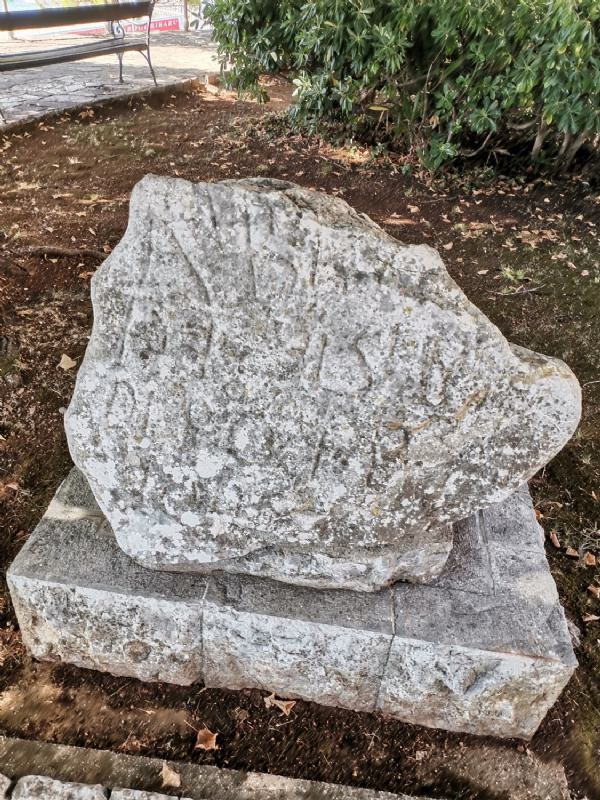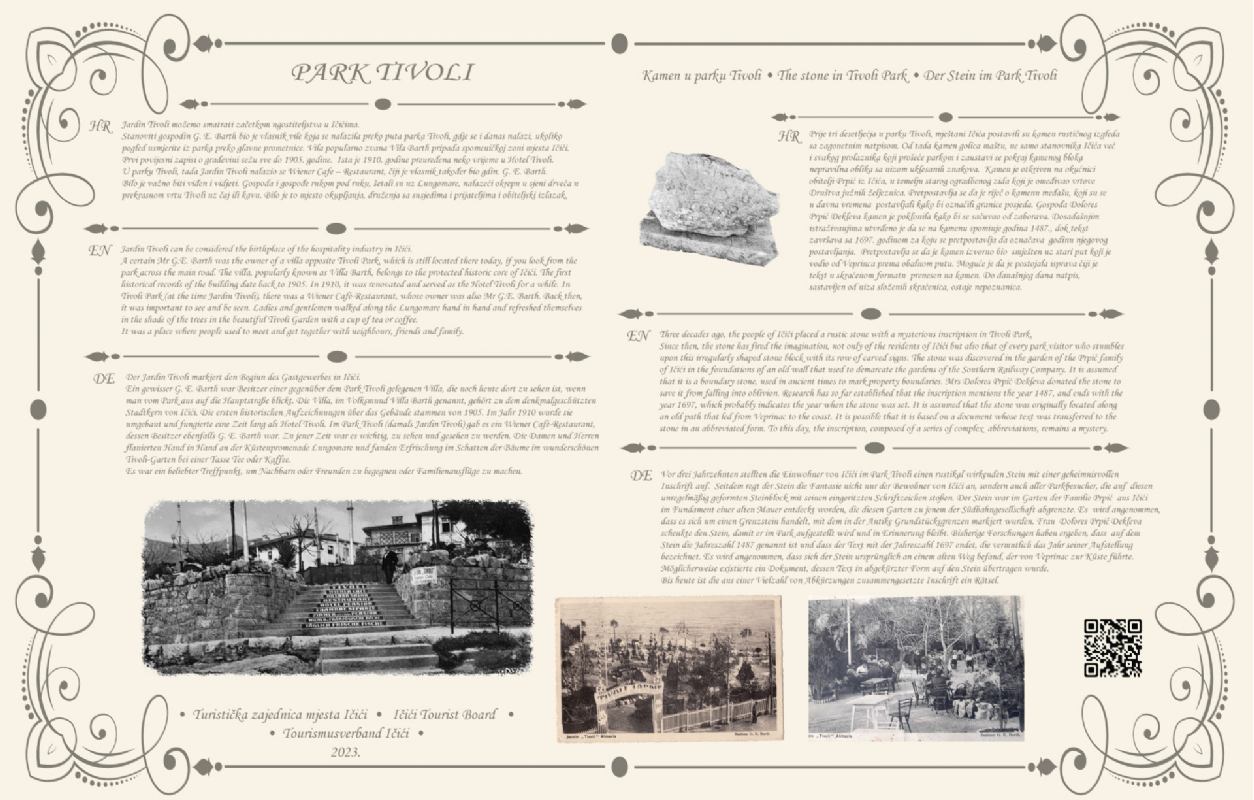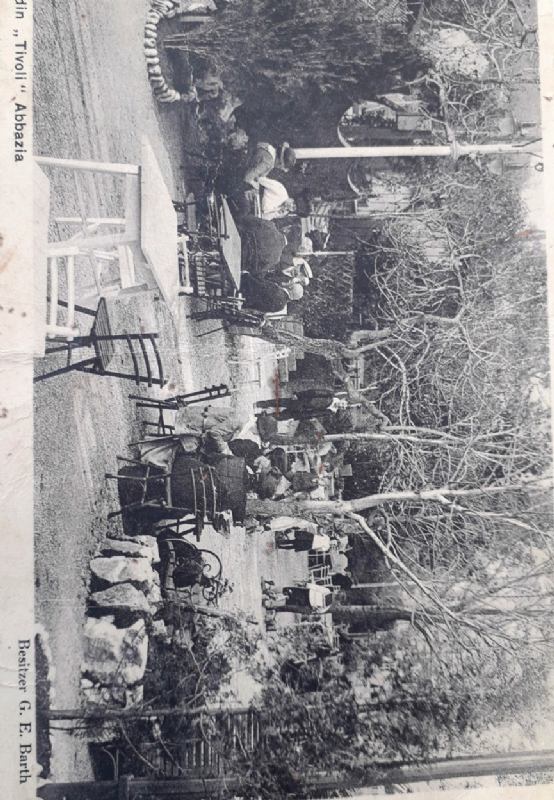STONE
Three decades ago, the people of Ičići placed a rustic stone with a mysterious inscription in Tivoli Park.
Since then, the stone has fired the imagination, not only of the residents of Ičići but also that of every park visitor who stumbles upon this irregularly shaped stone block with its row of carved signs. The stone was discovered in the garden of the Prpić family of Ičići in the foundations of an old wall that used to demarcate the gardens of the Southern Railway Company. It is assumed that it is a boundary stone, used in ancient times to mark property boundaries. Mrs Dolores Prpić Dekleva donated the stone to save it from falling into oblivion.
Research has so far established that the inscription mentions the year 1487, and ends with the year 1697, which probably indicates the year when the stone was set. It is assumed that the stone was originally located along an old path that led from Veprinac to the coast. It is possible that it is based on a document whose text was transferred to the stone in an abbreviated form.
To this day, the inscription, composed of a series of complex abbreviations, remains a mystery.
Source: Ranko Starac, archaeologist
JARDIN TIVOLI – TIVOLI PARK
Jardin Tivoli can be considered the birthplace of the hospitality industry in Ičići.
A certain Mr G.E. Barth was the owner of a villa opposite Tivoli Park, which is still located there today, if you look from the park across the main road.
The villa, popularly known as Villa Barth, belongs to the protected historic core of Ičići. The first historical records of the building date back to 1905. In 1910, it was renovated and served as the Hotel Tivoli for a while.
In Tivoli Park (at the time Jardin Tivoli), there was a Wiener Café-Restaurant, whose owner was also Mr G.E. Barth.
Back then, it was important to see and be seen. Ladies and gentlemen walked along the Lungomare hand in hand and refreshed themselves in the shade of the trees in the beautiful Tivoli Garden with a cup of tea or coffee.
It was a place where people used to meet and get together with neighbours, friends and family.
Photographs: David Danijel, Alin Augustin, archive Tourist board Ičići (Dijana Blažević)




